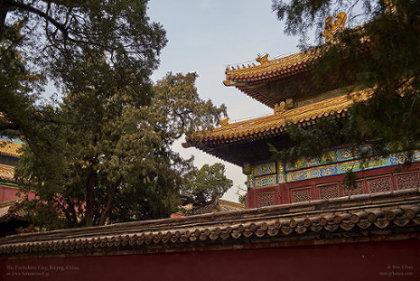The Inner Imperial Palace of The Forbidden City
Updated on 2021-12-10 Beijing, China
The forbidden city is the former imperial palace of China since 1420 A.D. Housed the last 24 emperors of China, it is the largest palace in the world, the largest medieval palace architecture in the world, and the largest wooden complex in the world. Construction began in 1402 A.D., with the first palace complex completed in 1420.
The inner palace courts were the private area exclusive only to the imperial families. The imperial gardens features significantly different designs than its outer courts. Small pavilions, trees and water fountains dominates the majority of the private living areas for the imperial family. While the emperor spends most of the working hours in the inner courts for official affairs, the imperial family stays in the private parts in the imperial gardens and private courts.
With more than 600 years of history, the forbidden city stands as a witness of important human evolutions and showcases masterpieces of art and breathtaking architecture.
On the ground, the palace posts a huge challenge for photography due to its massive size and empty squares. Its absolute symmetrical design indeed creates a difficulties for unique composition arrangements. However, once mastered, it becomes a venue of eternal classic with unlimited creativity, especially under snow and rain.
All captured on Leica Summicron-R 35, Elmarit-R 90. Colour Space: Adobe RGB 16-bit










